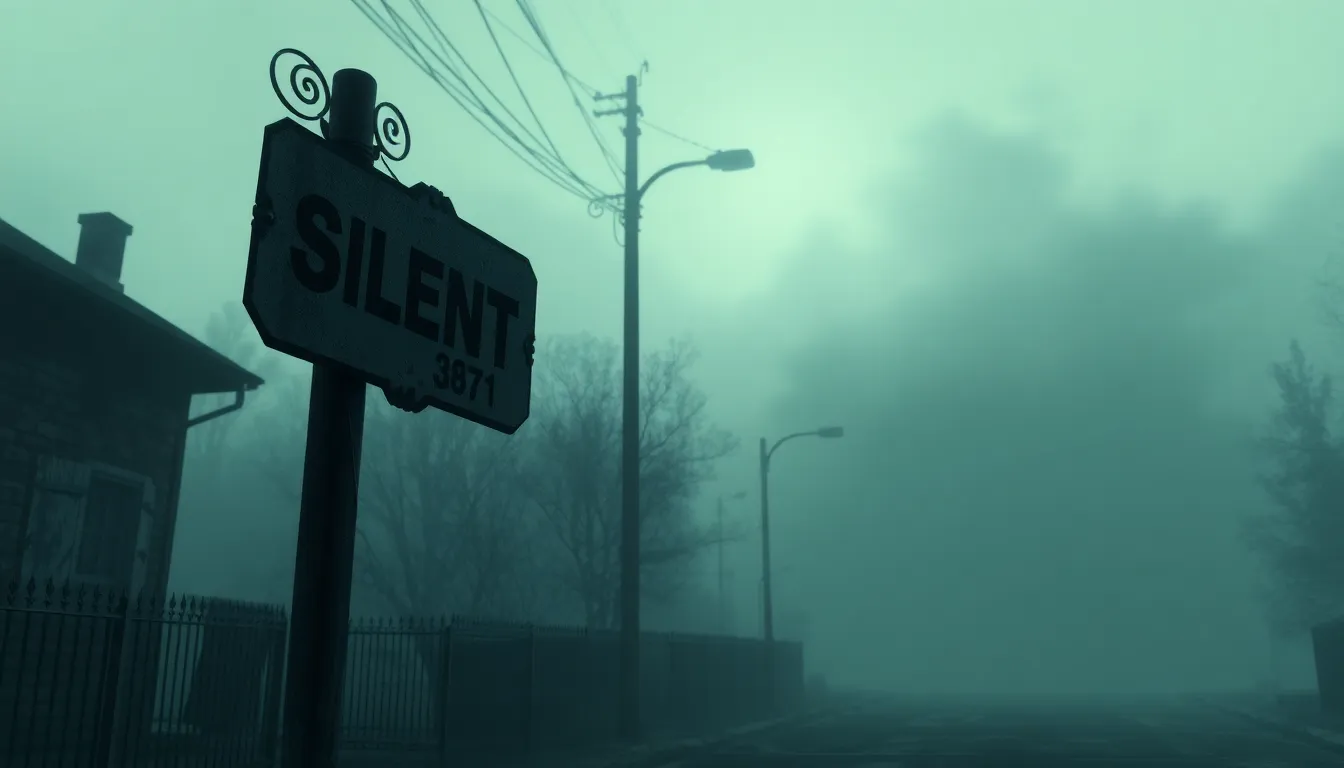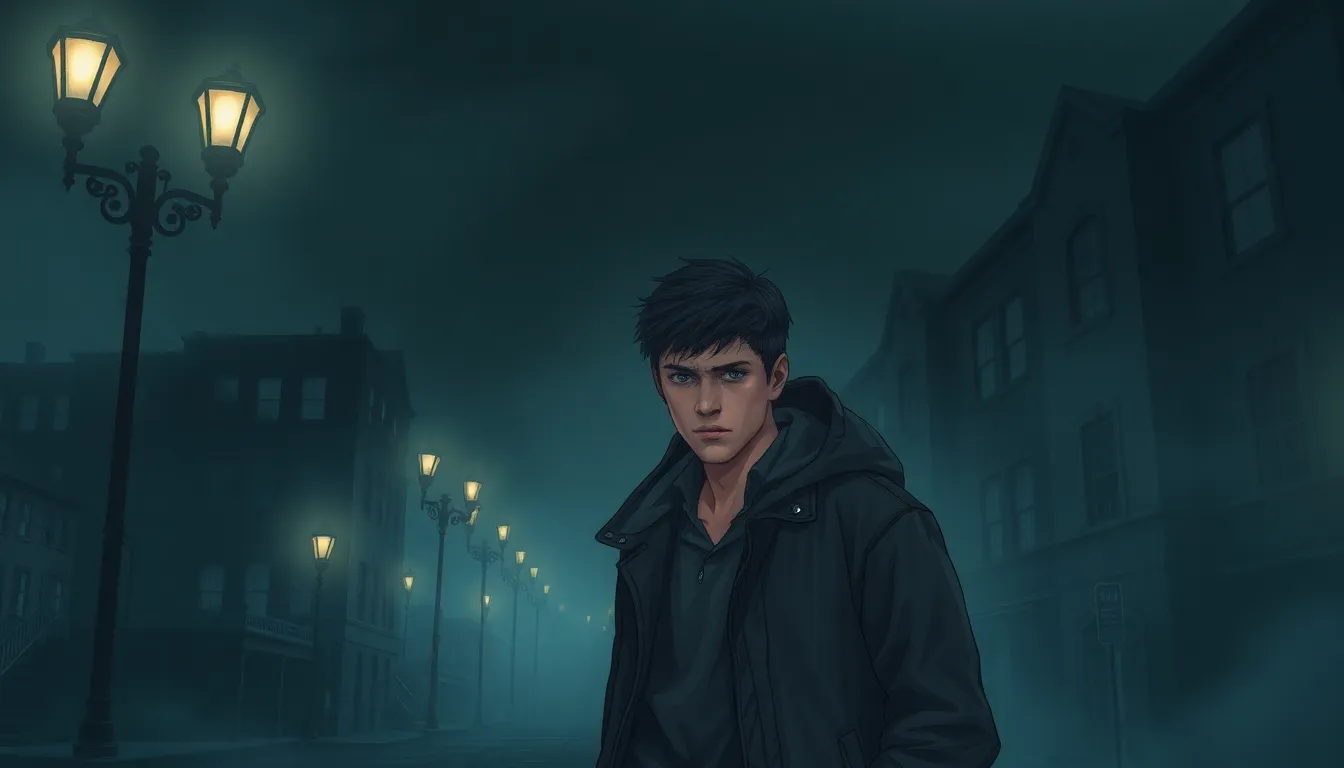Table of Contents
ToggleIn the eerie town of Silent Hill, the fog isn’t the only thing that keeps players guessing. Silent Hill 2 is a masterclass in psychological horror, and part of its allure lies in the multiple endings that leave fans debating long after the credits roll. But just how many endings are lurking in the shadows?
Whether you’re a seasoned player or just stepping into this chilling world, understanding the endings adds layers to the haunting narrative. Each conclusion offers a different perspective on James Sunderland’s journey, making every playthrough a unique experience. So buckle up, grab your flashlight, and let’s dive into the twisted tales of Silent Hill 2—where the only certainty is that nothing is ever what it seems.
Overview of Silent Hill 2
Silent Hill 2 ranks among the most iconic titles in the survival horror genre. Released in 2001, it captivated players with its psychological depth and haunting atmosphere. The game’s narrative centers on James Sunderland, a man searching for his deceased wife. Various characters, including Angela Orosco and Eddie Dombrowski, enrich the story, each facing their own traumas.
Emphasis on psychological horror distinguishes Silent Hill 2 from other titles. Symbolism and themes of guilt, loss, and redemption permeate the gameplay. Each element contributes to the unsettling ambiance, enhancing the player’s emotional investment.
Silent Hill 2 features multiple endings, contingent on players’ actions and choices throughout the game. These endings unveil different facets of James’s psyche, offering diverse interpretations of his journey. The potential for replayability keeps fans engaged as they explore various narrative paths.
Diverse endings create an environment for rich discussions among fans. Each conclusion reveals layers of meaning, prompting players to reflect on their decisions. Understanding the nuances of these endings enriches the overall experience, making every playthrough unique.
Themes serve not only as character motivations but also as reflections of the player’s choices. The layered storytelling invites players to confront their interpretations of guilt and responsibility. Silent Hill 2 remains a benchmark for psychological horror in games, with its complex nonlinear narrative and compelling character arcs.
The Concept of Endings in Silent Hill 2

Silent Hill 2 features several endings that reflect the diverse emotional experiences of its protagonist, James Sunderland. Players encounter different resolutions based on their in-game choices, influencing the final outcome of James’s harrowing journey.
Types of Endings
Four primary endings exist in Silent Hill 2: the “Leave,” “Innocent,” “Rebirth,” and “Maria” endings. Each presents unique conclusions that reveal aspects of James’s psyche. The “Leave” ending signifies acceptance and growth, while the “Innocent” ending offers a more tragic perspective on his struggles. The “Rebirth” ending emphasizes the consequences of his ongoing trauma, and the “Maria” ending explores themes of desire and avoidance. Every ending enhances the narrative depth, encouraging players to reflect on their decisions.
Purpose of Multiple Endings
Multiple endings increase replayability in Silent Hill 2, allowing players to explore various character motivations and emotional arcs. The differing outcomes provoke deeper thought about themes like guilt and redemption. Players often experience personal connections to the narrative, as choices shape James’s journey. This structure invites meaningful discussions among fans, enhancing engagement with the game’s story. The diverse endings ultimately enrich the overall player experience, making each playthrough a unique exploration of psychological horror.
Detailed Breakdown of Each Ending
The different endings in Silent Hill 2 provide insightful reflections on James Sunderland’s psyche, revealing the complexities of his journey. Each conclusion offers a unique perspective shaped by player choices.
The In Water Ending
In the “In Water” ending, James’s overwhelming guilt leads him to choose the path of self-destruction. Players witness him drown himself in the lake, symbolizing his escape from painful memories and unresolved trauma. This ending encapsulates the theme of grief, presenting a poignant narrative about the struggle to cope with loss. The final moments show James submerged, suggesting an acceptance of his fate rather than seeking redemption. Through this ending, players gain a deeper understanding of James’s internal conflicts and motivations, enriching the overall horror experience.
The Maria Ending
The “Maria” ending focuses on James’s desire to recreate his lost relationship, presenting a complex view of love and avoidance. Here, James ends up with Maria, a character resembling his deceased wife, but this choice reveals deeper issues rather than providing true closure. Players encounter a sense of instability and illusion, as Maria’s presence reflects both comfort and denial. The climactic moments suggest that although James seeks solace with Maria, he remains trapped in a cycle of evasion. This ending forces players to confront the themes of desire intertwined with grief, enhancing the psychological depth of the narrative.
The Leave Ending
In the “Leave” ending, James chooses to accept reality, allowing him to move past his guilt. This choice represents a journey toward healing and self-discovery, highlighting the potential for redemption. Players witness James departing Silent Hill with Laura, a symbol of hope and new beginnings. The final scene emphasizes the possibility of love flourishing beyond pain, suggesting a brighter future. Through this conclusion, players appreciate the transformative power of acceptance and the rejection of past sins. This ending reinforces the game’s core themes, emphasizing personal recovery amidst suffering.
Factors Influencing Endings
Several key factors influence the endings of Silent Hill 2. Player decisions throughout the game shape various outcomes for James Sunderland. Choices made during interactions with characters like Angela Orosco and Eddie Dombrowski significantly impact the narrative’s resolution.
The state of James’s relationship with his deceased wife, Mary, plays a crucial role in determining the conclusion. Specific actions, such as how he handles moments of guilt and confrontation, lead to different endings. For instance, accepting the past results in the “Leave” ending, while denial manifests in the “In Water” ending.
Additionally, the player’s engagement with the environment can sway results. Collecting or ignoring unique items can shift James’s psychological state, affecting how he perceives his journey. Observing the game’s various atmospheric cues also garners different emotional reactions, leading to altered character arcs.
The choices made during key plot points, including dialogues and confrontations, weigh heavily on the ending selection. Each interaction illustrates James’s inner turmoil and ultimately influences his fate. Emphasizing different themes, like redemption versus despair, distinguishes one ending from another.
Last but not least, the psychological themes woven throughout Silent Hill 2 are integral to its conclusion. Elements of guilt, loss, and desire reflect the player’s actions and decisions, further shaping the narrative’s depth. Each factor interconnectedly contributes to unique and varied endings, inviting players to explore the complexities of the human psyche.
Silent Hill 2’s multiple endings serve as a powerful testament to the game’s psychological complexity. Each resolution not only reflects James’s inner struggles but also invites players to engage deeply with the narrative. The varied outcomes highlight the significance of player choices and their impact on character development.
This rich tapestry of endings enhances replayability and fosters meaningful discussions within the gaming community. As players navigate through the haunting atmosphere and emotional arcs, they uncover unique insights into guilt, loss, and redemption. Silent Hill 2 remains a masterclass in storytelling, ensuring that every playthrough offers a distinct experience filled with psychological depth.




